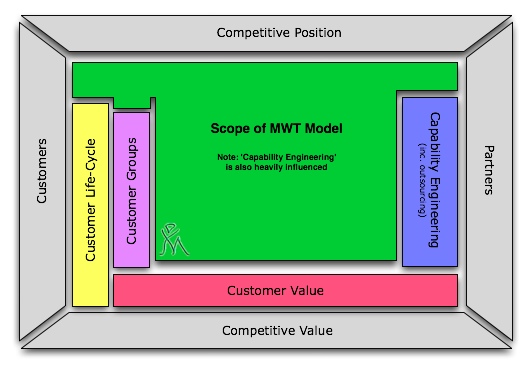Readers in Australia will know that the NSW treasurer Michael Costa was recently sacked – just before he became eligible for a pension from what I understand, and not long before the premier himself resigned.
Skip ahead a few scandals and Michael Costa has now written an essay for The Daily Telegraph with all sorts of anti-government (anti-state government, at least) statements. Some say sour grapes; I would say it’s more likely PR for Costa’s private sector career. But either way I hope it’s also able to cause a debate about politics and government.
According to Costa’s manifesto, most of the states politicians are ‘spin merchants’ and ‘machine politicians’ who are unqualified to govern. Now I might be cynical but I expect politicians who are actually in politics – as opposed to wanting to be in politics but not being able to gain entry to the club – are precisely qualified… to be politicians. Nothing else is guaranteed.
That is surely true by definition. People who are successfully in politics know what it takes to be successfully in politics. Whether they are qualified to govern is a totally separate question and may even have a negative correlation with their qualifications as politicians. I’m certainly not the first person to suggest this.
In the MWT Model there is a process above and beyond the process of management which allows you to tell the difference between a good manager and a successful manager. Most organisations don’t have this process and politics certainly doesn’t have it almost by definition. Costa talks of people being ‘qualified to govern’ but I’m sure this is the last thing on a politician’s mind.
Take for example this morning’s announcement that in Western Australia the National and Liberal parties have entered into a ‘power sharing’ agreement – not a coalition mind you, because I assume that not only doesn’t suit the parties; but also simply that the word itself has some ‘branding’ issues. So when political parties combine it is to ‘share power’. It’s not to ‘share responsibilities’, not to ‘combine capabilities’ like an organisational merger. It’s to ‘share power’.
I really don’t think political parties should be running around talking about ‘power sharing’. It misses the point while it lets the cat out of the bag. In contrast, premier Nathan Rees with his talk that ‘the people of NSW expect us to engage in one thing and that is simply the improvement of service delivery and infrastructure and that’s what we will go about doing’ is playing the government-as-service-provider card.
But if the argument stops being about who is more qualified and starts being about what the right way to govern actually is, politicians are likely to find themselves all out of a job. While the specifics of how to govern are left out of the debate their will always be positions of power to scramble for – or share.
Even when they are attempting to convince us who deserves the power, they are often agreeing with each other. Michael Costa got there first on the government-as-service-provider thing as he argues in his manifesto that the ‘strongest argument for abolishing state governments is that it would remove a layer of political interference in service delivery.’
Michael Costa’s manifesto and Nathan Rees’ improvement of service delivery and infrastructure are two sides of the same coin. But they are both simply PR so all it shows is that as memes: government as service provider is in – and limited government is rallying.
My wife has already said she likes what Mr Ree is saying in his first days as premier. This usually means that eventually I’ll start to like him too. This is just a process of empathising with my wife; but who knows whether that is the underlying force behind all politics. Problem is my wife loved Kevin’07 too until he actually started talking as PM; so support or otherwise is fickle.
It’s that fickle opinion that politics manages. Michael Costa’s essay says this like others before him. If there wasn’t fickle opinion to manage there wouldn’t be any point to government. That’s were a lot of the political effort goes. But you can’t tell your boss that – because they will tell you that you have to be in government to govern. This is true; but again it says nothing about your ability to govern.
Michael Costa’s essay doesn’t actually say anything new. The reason I don’t need to read, for example, the Mises Daily Article, anymore is that it is pretty predictable. The same few core ideological ideas over and over again. But the fact that I don’t need to read the same ideas over and over again isn’t a failing of the ideas. It’s simply that they stand the test of time.
Once we work this out there will be no talk of power sharing. The only thing a politician will be able to do is inspire and motivate. And quickly after that people will recognise that there are plenty of opportunities to be inspired and motivated in our daily lives and no particular need to decide up to four years in advance who should inspire you on a given day.
Powered by Qumana
. I strongly recommend it as an introduction to this topic. I have also added an Enterprise Architecture blog category to tag future posts on this topic.





